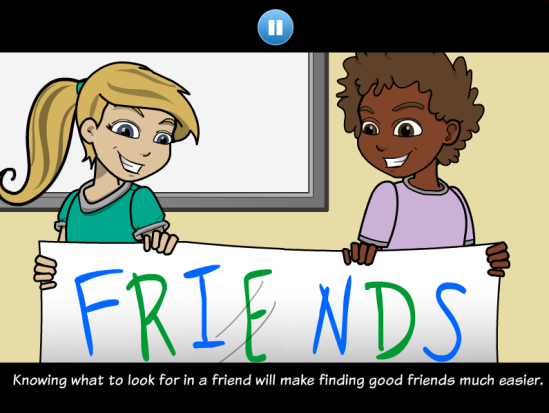Are social-emotional learning (SEL) and technology schoolyard friends or foes?
SEL consultant Jessica Berlinski says in-person learning and technology can play together. Here, excerpted from her popular post on GettingSmart.com, are five ways tech can strengthen SEL:
1. Self-Directed Learning
Kids are more engaged and learn better when they have a say in the process, whether it’s choosing the content or learning at their own pace and in their own style.
See PREP, the first self-paced, adaptive resilience education intervention designed specifically to meet the learning styles and SEL needs of students with high-functioning autism spectrum disorder (HF-ASD).

2. Assessment
There are a wide range of web-based tools for measuring SEL skills and mind-sets, including performance-based assessment and data collection.
See Quest, a child-friendly online data collection system that transforms traditional surveys into an engaging, game-like experience with accommodations for learning challenges.
3. Personalization
Adaptive technology individualizes instruction, so students are neither bored because the content is too easy, nor lost because they can’t keep up.
See Zoo U, a social skills role-play game for grades 2–5 that uses adaptive technology to adjust the difficulty level for each student, challenging and supporting the child as needed.
4. Ensuring Fidelity
Adherence-monitoring tools help providers implement evidence-based programs as intended to achieve the desired outcomes.
See Centervention, a powerful suite of customizable web-based tools to support quality implementation of evidence-based programs in schools, clinics, and community agencies.
5. Building Agency
Digital learning games are a popular and effective option for engaging, motivating, and empowering students.
See Stories in Motion, an online game that empowers elementary students with autism spectrum disorder to improve their social skills by creating illustrated narratives around challenging social scenarios (see sample scene above).
Contact us at services@3cisd.com or 888.598.0103 to discuss how our programs and technologies can support your work in social and emotional learning.

